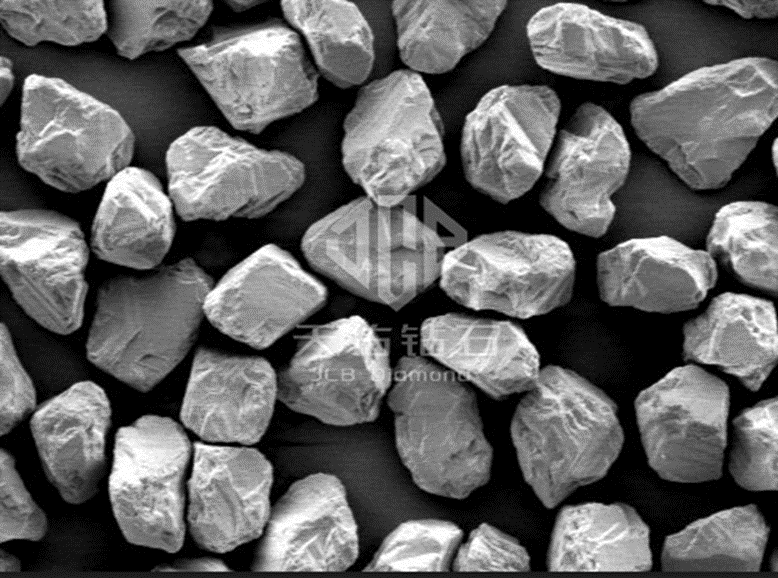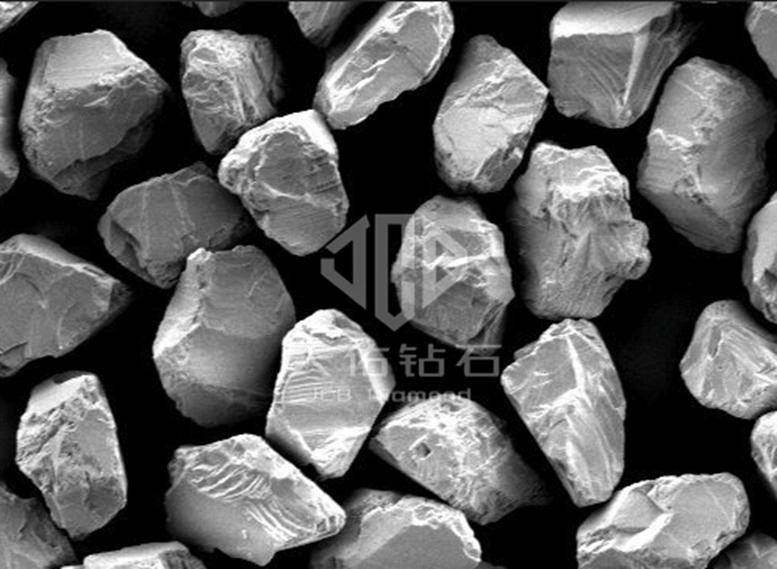The particle size of general-purpose diamond micropowder significantly affects the processing results, particularly in terms of cutting efficiency, processing precision, surface quality, and material adaptability. The specific impacts are as follows:
· Coarse Particles Offer Higher Cutting Efficiency: Coarser diamond micropowder, such as W40 - W100, has larger particles. During cutting, each particle contacts the material over a relatively larger area, allowing it to withstand greater cutting forces and remove more material in a single pass. This results in faster cutting speeds and higher efficiency. Coarse particles are commonly used in applications where high cutting speed is required, and the precision and surface roughness of the cut are less critical, such as rough cutting of stone or slab processing.
· Fine Particles Have Relatively Lower Cutting Efficiency: Finer diamond micropowder, such as W0.5 - W5, has smaller particles with weaker individual cutting capabilities. Each pass removes less material, leading to slower cutting speeds. However, in certain cases, such as cutting extremely hard or brittle materials, fine particles can achieve effective cutting through higher cutting frequency and finer cutting actions.
· Coarse Particles Have Limited Precision: Due to their larger and irregular shapes, coarse diamond micropowder struggles to achieve highly precise dimensional control and shape processing. The greater cutting forces and depths during cutting or grinding can lead to larger dimensional deviations and lower precision in surface flatness and straightness.
· Fine Particles Offer High Precision: Finer diamond micropowder enables more precise processing. It allows for better control over cutting depth and position, facilitating the creation of smaller features and more complex shapes with higher precision. This makes it suitable for high-precision applications such as optical component processing and electronic chip manufacturing.

· Coarse Particles Result in Higher Surface Roughness: Coarse diamond micropowder leaves deeper cutting marks and uneven surfaces due to its larger particle size, resulting in higher surface roughness and poorer surface quality.
· Fine Particles Deliver Better Surface Quality: Finer diamond micropowder provides finer finishing and polishing, producing smaller and more uniform cutting marks. This results in lower surface roughness and better surface quality, making it ideal for applications requiring high surface quality, such as optical lenses, precision molds, and jewelry. It enhances the appearance and performance of the final product.
· Coarse Particles Are Suitable for Soft or Thick Materials: For softer materials like marble or soft wood, or when rapid removal of large amounts of material from thick workpieces is needed, coarse diamond micropowder excels due to its high cutting efficiency.
· Fine Particles Are Suitable for Hard or Thin Materials: For harder materials like hard alloys, ceramics, and sapphire, or when processing thin materials, finer diamond micropowder is more appropriate. It allows for precise processing with minimal cutting force and depth, reducing the risk of material breakage or damage.
